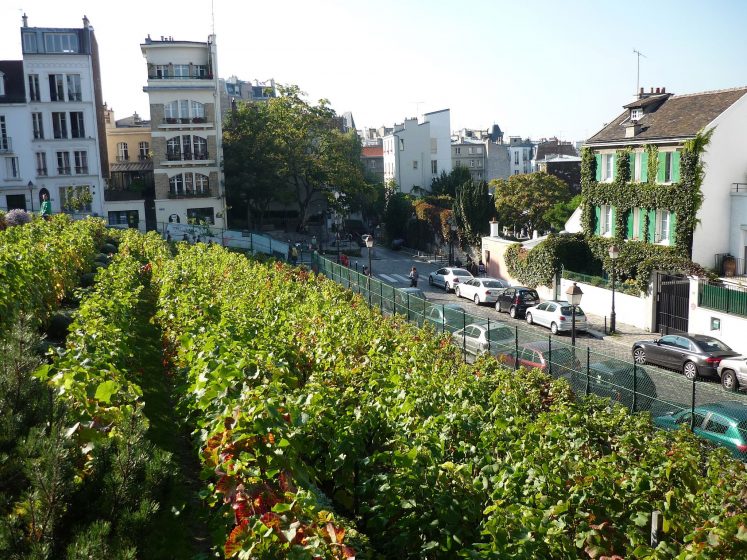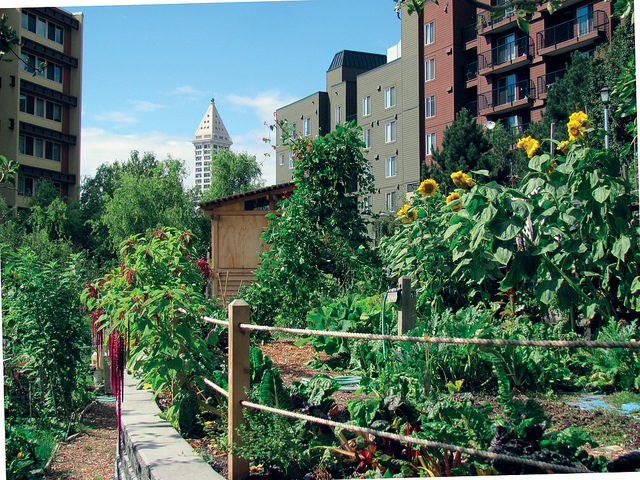City Blooming Fundamentals Explained
Table of ContentsNot known Details About City Blooming 7 Simple Techniques For City BloomingAll About City BloomingLittle Known Questions About City Blooming.City Blooming - Truths
Intrigued in growing food for sale in the City of Chicago? Below is a listing of often asked concerns regarding the regulations and policies that growers need to take into consideration when preparing a city agriculture job.
The zoning amendment does not modify any type of various other codes managing composting, structure permits, acquiring or leasing City had residential property, business licenses or environmental contamination. There are existing codes that control these problems and they remain in complete result and may be applicable to your job. Community yards are normally owned or taken care of by public entities, civic organizations or community-based companies and maintained by volunteers.
Urban ranches expand food that is meant to be sold, either on a not-for-profit or for-profit basis. Due to their business objective, metropolitan ranches call for a service certificate.
The City Blooming Diaries
The quantity of compost product can not exceed 25 cubic yards at any given time according to the criteria in 7-28-715 of the City's Municipal Code. Because the dirt at a lot of new yard sites needs changing, garden compost, dirt, wood chips, or other products can be acquired to build or boost the expanding room.

If a building authorization is needed then the hoophouse will certainly be considered an accessory structure. You can discover even more regarding the structure license needs by contacting the Division of Structures. The 25,000-square-foot size restriction is intended to avoid a single neighborhood yard from controling a given block or interfering with the block's existing residential or business personality.
The restriction does not relate to yards located in Public Open Area (POS) areas. Can there be more than one neighborhood garden that is 25,000 square feet on a single block? Yes. The dimension limit relates to private gardens, not to private blocks. No. Secure fencing is not needed, however, gardens that have big parking lot may be called for to mount fencing or other landscaping attributes.
City Blooming - Truths
B1 & B2 districts need that all industrial use activities be conducted indoors. R areas limit business activity. The policies mirror the function and intent of the Zoning Code. Is fencing required for urban ranches? Yes. Fences might be needed, along with landscape design and screening, for sure parking locations and exterior job or storage locations relying on place and the specific task taking location.
Yes. Urban farms call for building licenses and zoning approvals prior to building. Various other types of city evaluation may be called for relying on details frameworks, activities, size, landscaping, licensing, public heath and stormwater management problems. Numerous of these requirements are identified in the task design or permitting procedure, nonetheless, the candidate may be liable to independently recognize certain licenses or allows that may be called for.
Yes. The sort of license is identified by what is taking place at the site. The Division of Company Matters and Customer Security can aid figure out the details type of service license that's required. Yes. Off street car park is required for many commercial tasks in Chicago. The required number of car parking rooms is based upon the number of workers working with website and not the square video footage of the expanding room.
Some Of City Blooming

A city farm can offer garden compost material generated on site, however, the procedure has to comply with the policies in 7-28-715 of the Chicago Municipal Code. Aquaponic systems are allowed inside your home on metropolitan farms in many zoning districts.
Up to 5 hives or nests of honey bees may be kept as an accessory use. Beekeepers should register with the Illinois Division of Farming. For additional information concerning the recommended zoning change you might get in touch with the Department of Housing and Economic Growth, click this link Bureau of Preparation and Zoning at 312.744.8563.
Farming in cities and city areas An urban ranch in Chicago. Urban agriculture describes different practices of growing. https://fliphtml5.com/homepage/tkxth/cityblooming/, handling, and dispersing food in city locations. The term additionally puts on the area activities of animal husbandry, tank farming, beekeeping, and horticulture in a metropolitan context. Urban agriculture is distinguished from peri-urban agriculture, which occurs in backwoods beside suburban areas.
The Of City Blooming
, that seek to form social networks started on a shared values of nature and area holism. These networks can develop by method of formal institutional support, ending up being integrated right into neighborhood community planning as a "shift community" motion for lasting urban growth.
Some of the very first proof of metropolitan agriculture comes from Mesopotamia.